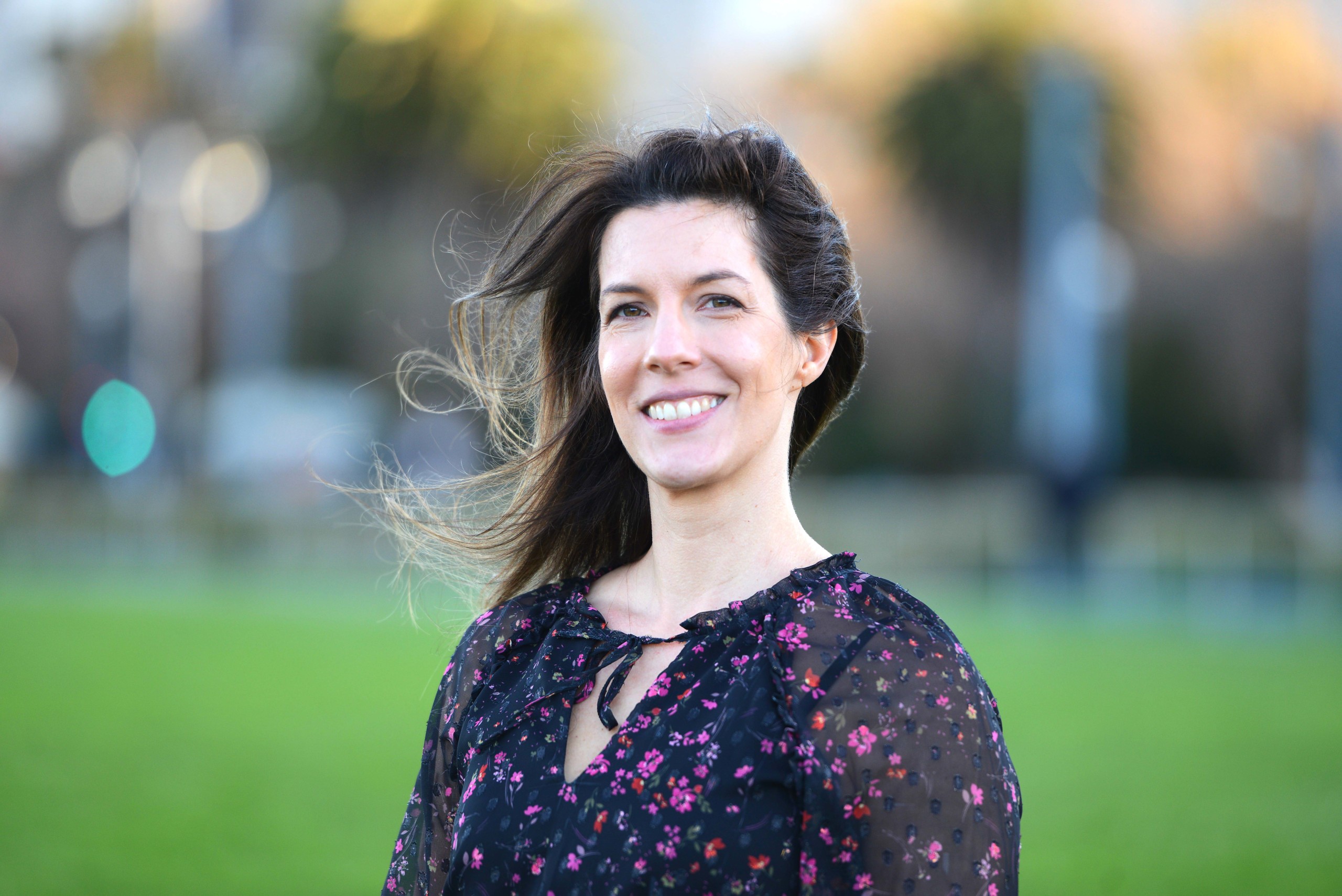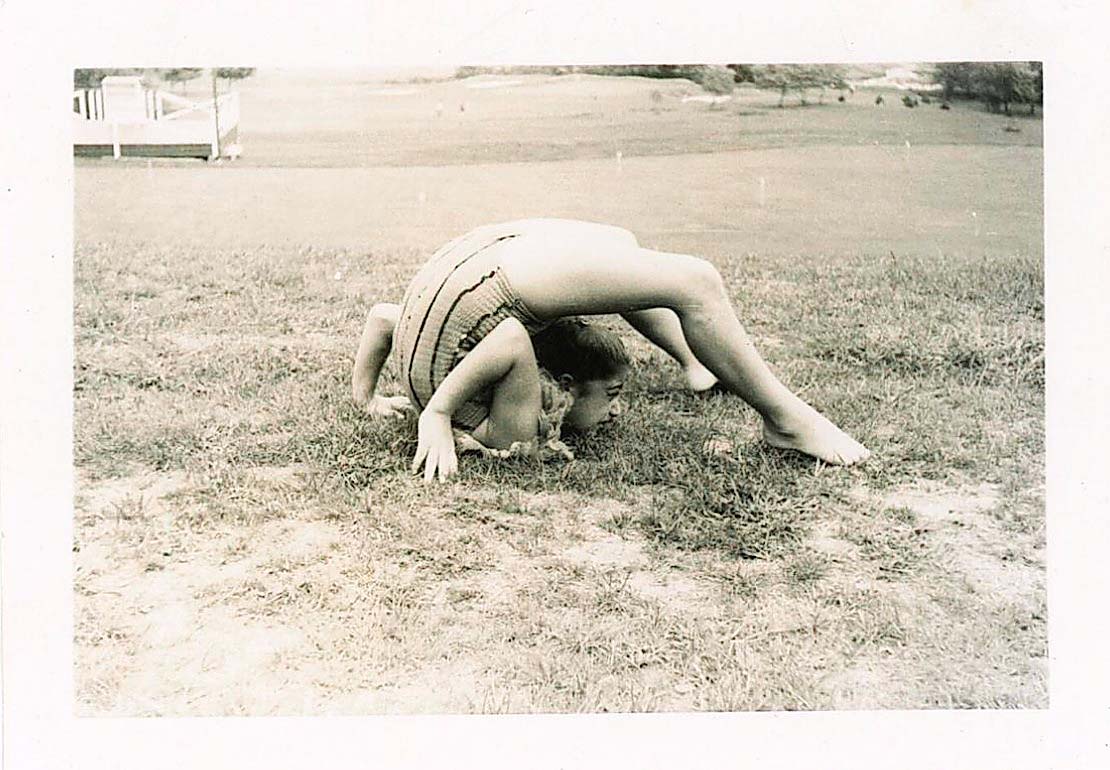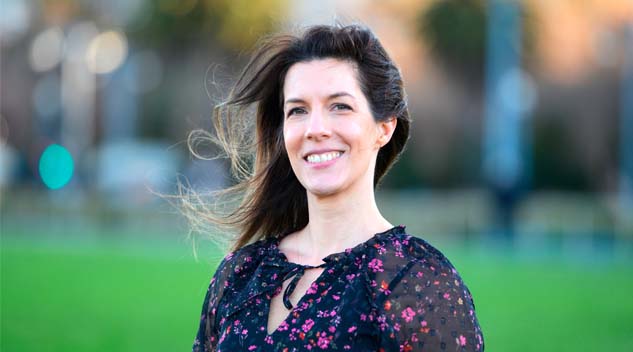#Susan #Benne #Antiques #Arts #Weekly

Guess who turns 75 years old this year? The Antiquarian Booksellers’ Association of America (ABAA), a serious organization dedicated to promoting interest in rare and antiquarian books and book collecting, announced that the year 2024 marks its 75th anniversary. That may sound a bit incongruent for an organization that generally deals in literary, scientific and historical items bearing descriptors of decades, centuries and, in some cases, millenia. Founded in 1949 to spark joy in collecting antiquarian books — as well as to foster collegial relations — the ABAA is perhaps best known in the antiquarian book trade for its annual New York International Antiquarian Book Fair, this year running April 4-7 at the venerable Park Avenue Armory. We thought it an opportune time to check in with the ABAA’s executive director, Susan Benne, to learn more about this milestone and the upcoming fair.
Though it sounds like an obvious oxymoron, is there any such person as a “new antiquarian”? Do you consider yourself among them?
Yes. I believe in embracing new forms of technology, especially when it relates to reaching new audiences. Quintessentially, collecting was more of a learned, wealthy gentleman’s pursuit and that’s no longer the norm. There are so many exciting and interesting areas of collecting that don’t require a lot of money, and expanding access through online sales platforms has made it possible for a new generation of aspiring collectors to collect and forge new exciting areas of collecting.
This is especially apparent when I read the essays from the National Collegiate Book Collecting Contest. The breadth and motivations the student collectors cite are fascinating and personal. It’s also fun and funny to meet winners’ family members and hear them say, “We didn’t know there were other people who do this, too!”
In 75 years, the ABAA says it has evolved to diversify its leadership, membership and the type of material the ABAA promotes. Can you elaborate?
Yes, we have numerous women-owned businesses and many of these women have served on the ABAA’s board of governors in leadership roles, including former presidents Sarah Baldwin, Mary Gilliam and, most recently, Sheryl Jaeger. In paid positions, we employ and have employed people from diverse ethnicities as well as gender and sexual identities. Having diverse perspectives is important especially since libraries, institutions of higher learning and collectors recognize the importance of collecting material from underrepresented history, social movements and authors.
We have noted that in recent years, the fair has included some vintage books, children’s books, vintage periodicals and the like. At one show, we saw a guitar. Also some collectibles. Does this speak to the evolution of collecting interests over time?
For sure. The definition of collecting rare books has evolved over time as media and thought have evolved. For example, posters and printed or handmade matter from social movements have become highly sought-after both by individuals and institutions. Further, objects that are adjacent to historical figures are also important. These items can be showpieces at our fairs. Frankly, if it’s on paper, it belongs at a fair. I once saw Edith Wharton’s baby rattle in Priscilla Juvelis’ booth and Puccini’s conducting baton at a fair. The latter was personally exciting to see!

This vernacular photo is from Benne’s collection.
Will a new category of material, such as electronic media, be included?
Yes, in fact, one of our members, James Goldwasser of Locus Solus Rare Books, handles archives of authors and important historical figures. He notes that electronic media is nascent in the realm of private collectors, but is becoming more prevalent especially at institutions who acquire archives from the last 40 years. The media usually takes the form of data on drives in one form or another. The leading institutions are developing technology to the data available to researchers and the public, which opens the door for greater access.
How many exhibitors do you have lined up for this spring’s edition? How many countries are represented? How many of the 450 members belong to the trade association?
We have a robust group of 200 exhibitors this year! Approximately 25 percent of our membership is exhibiting, in addition to exhibitors from 13 countries. We’re thrilled and hope attendees will be as well.
Have you noted any trends in the demographics of fair attendees? We still see examples of stratospherically priced items leaving the Armory, but is the event making an attempt to hit as many price points as possible and make buying more affordable?
Happily, yes. Some change has occurred organically as younger people embrace print culture and build connections to their own histories. We’ve also worked to cultivate a younger and more diverse audience through programs we’ve had in place for a decade or more.
Regarding materials at fairs, ultimately it is up to the individual seller what they decide to exhibit. It’s costly to be in one of the world’s most expensive zip codes, transport materials and personnel and stay in New York City for the better part of a week. Exhibitors have to maximize shelf space while also building relationships with new customers who might not have four or five figures to spend. We do have local members from the NY/NJ/CT area who have interesting material, often starting at a lower price point.
Interesting that reading the classics or collecting a certain genre of books is not among your favorite pastimes, but you were probably being modest. What kind of material do you collect?
I suppose I’ve always been an “acquirer.” As a child in Maryland, I spent the money I earned babysitting the boys next door on a mix of new and old books at Chuck Roberts’ Wonder Book in Frederick, and David Grobani’s Briarwood Bookshop in Annapolis. When I was in my 20s, I started buying graphically interesting material like illustration art and maquettes for posters because they were what I could afford. Lately, I’ve been working on a collection of vernacular photos of people doing yoga, acrobatics and handstands. Everything in the collection is $50 or under with the unifying theme: the people depicted must be having fun.
—W.A. Demers




